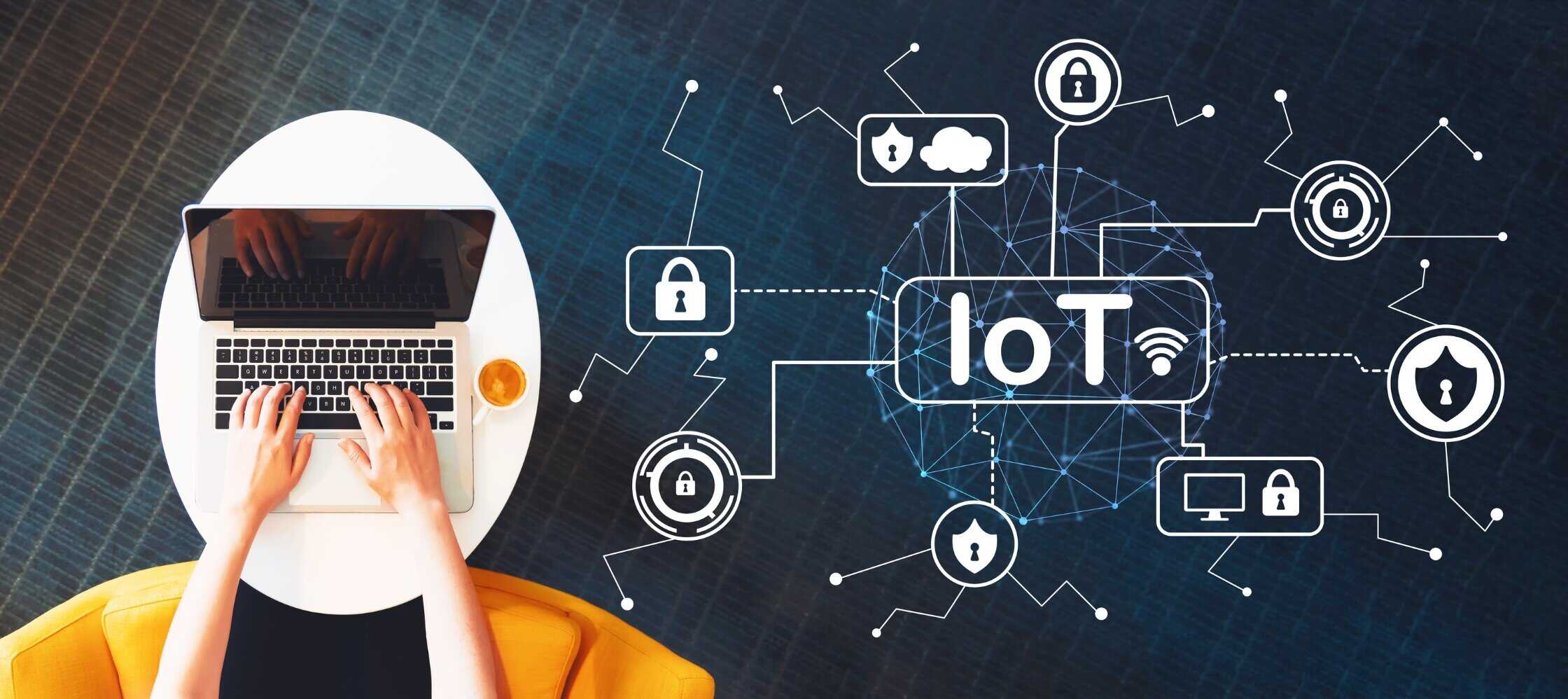The Internet of Things (IoT) is rapidly transforming our world. From smart homes to connected cities, physical objects are increasingly becoming interwoven with the digital realm. As product designers, understanding these trends is crucial to staying relevant and creating innovative solutions that meet the evolving needs of users.
What are the implications of Edge Computing and 5G for Product Design?
The rise of edge computing and 5G is a game-changer for IoT. Edge computing allows for data processing closer to its source, reducing latency and enabling real-time applications. 5G’s high speeds and vast bandwidth further empower these capabilities. At CHOI Design, we can leverage this trend by designing products in the United States that take advantage of lower latency, such as real-time health monitors or interactive virtual reality experiences.
How is AI revolutionizing the way we interact with IoT devices?
Artificial intelligence (AI) is transforming how we interact with IoT devices. By analyzing the vast amount of data generated by these devices, AI can optimize performance, predict maintenance needs, and even personalize user experiences. For example, imagine a smart thermostat that learns your preferences and automatically adjusts the temperature for maximum comfort. At CHOI Design, we can integrate AI considerations into our design process by creating user interfaces that seamlessly interact with AI features.
What are the hottest industry-specific solutions in the IoT landscape?
The focus is shifting towards developing targeted IoT solutions for specific industries. Healthcare is a prime example, with applications like remote patient monitoring and medication management. In transportation, smart traffic management systems can optimize traffic flow and reduce congestion. CHOI Design adapts its design thinking to cater to these industry-specific needs. Our expertise lies in designing user-friendly interfaces for medical wearables or intuitive control systems for smart traffic lights, among other industries.
How do we ensure security in a hyperconnected world?
With more devices connecting to the internet, security concerns are paramount. As product designers, we have a responsibility to prioritize security in our IoT creations. This involves following industry best practices for data encryption and user authentication. At CHOI Design, we take security seriously. We partner with security experts and implement rigorous testing procedures to ensure our IoT products are safe and reliable.
By understanding these key trends – edge computing, AI integration, industry-specific solutions, and robust security – product designers can create innovative and impactful IoT products that shape the future. If you’re looking for a design partner who can navigate the exciting world of IoT, contact CHOI Design today and let’s discuss how we can bring your vision to life.
FAQs
What are some of the challenges associated with designing for IoT products?Designing for IoT products can present unique challenges. Security is a major concern, as these devices collect and transmit data. Additionally, product designers need to consider factors like user interface design for potentially limited screen space and power efficiency for battery-powered devices.
How can product designers stay up-to-date on the latest IoT trends?There are several ways for product designers to stay current on IoT trends. Attending industry conferences and workshops, subscribing to relevant publications, and following thought leaders in the field are all great options. Additionally, CHOI Design can build an internal knowledge base to share resources and learnings among the team.
What skills are essential for product designers working on IoT projects?In addition to core design skills, product designers working on IoT projects should have a basic understanding of electronics, networking, and data security. Familiarity with user experience (UX) design principles is also crucial, as designers need to create intuitive and user-friendly interfaces for interacting with IoT devices.
What role will IoT play in the future of product design?IoT is poised to have a significant impact on the future of product design. As more devices become connected, designers will need to create solutions that seamlessly integrate into our lives. The focus will shift towards designing for a more holistic user experience, considering not just the physical product but also the data it collects and the ecosystem it interacts with.
